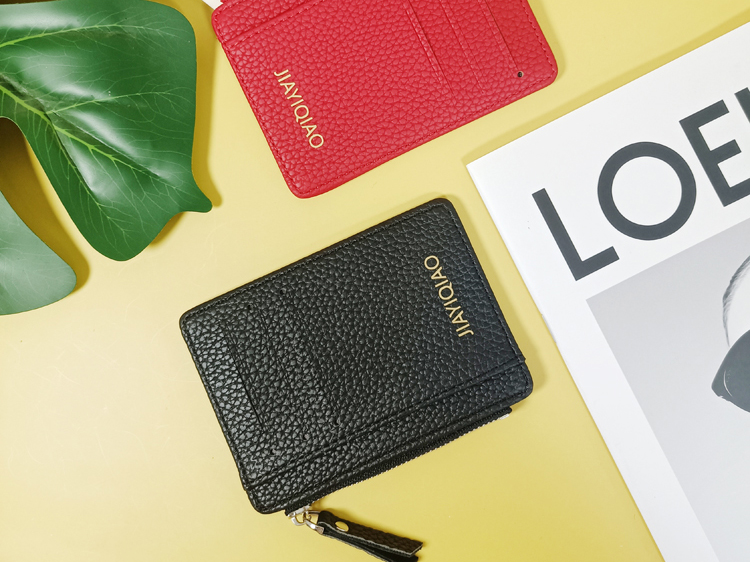The difference between non-woven environmental protection bag and canvas bag:
1. Selected material difference
The selected material of non-woven environmental protection bag is non-woven fabric, which is composed of directional or random fibers. It is a new generation of environmental protection material, with the characteristics of moisture resistance, breathability, flexibility, light weight, non-combustion-supporting, easy decomposition, non-toxic and non-irritating, rich color, low price, recyclable and so on. For example, polypropylene (pp material) particles are mostly selected as raw materials, which are produced by continuous one-step process of high-temperature melting, spinning, wire laying and hot-pressing and coiling. It is called cloth because of its shape and some characteristics.
The selected material of canvas bag is canvas, which is a kind of hard and thick cotton fabric or hemp fabric. Originally known as a sail. Generally, plain weave is used, and a few twill weave is used. Both warp and weft yarns use multi-strand thread. Canvas is generally divided into coarse canvas and fine canvas. Coarse canvas, also known as poncho, has good waterproof properties and is used for shelter of freight and outdoor warehouses and outdoor tents in the suburbs. Fine canvas is used to make labor protection clothing and appliances. After being colored or printed, it can also be used for shoes, bags, handbags, backpacks, tablecloths, tablecloths, etc.
2. Price difference
The average price of non-woven environmental protection bags is around one yuan, which depends on the material and quantity selected. If the number of orders is large and the price is more affordable, the overall average price is certainly lower.
The price of canvas bags is a little higher, and the price of each bag is about five yuan.
In general, we can see that the non-woven environmental protection bag is more competitive in terms of the selected material and price. Therefore, non-woven environmental protection bag is a very good choice for you.
